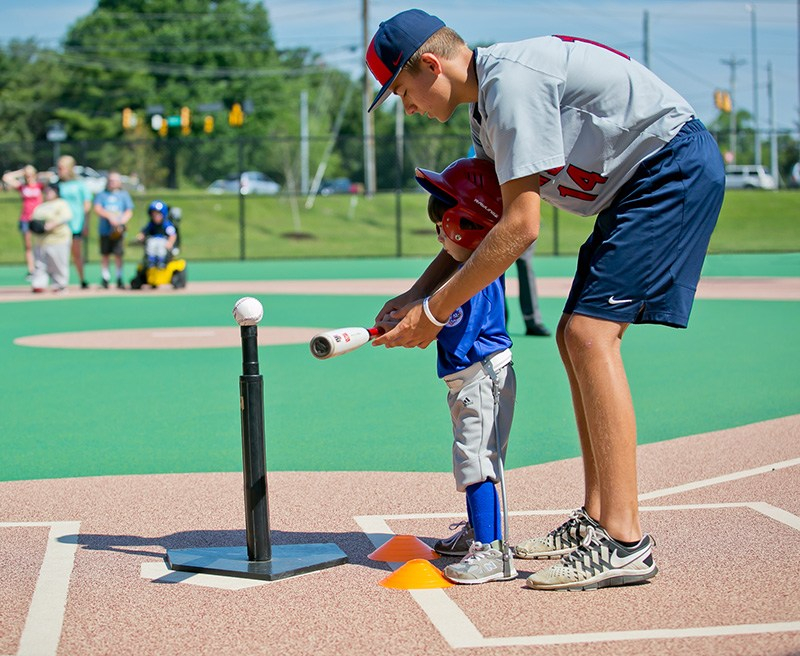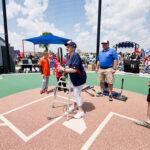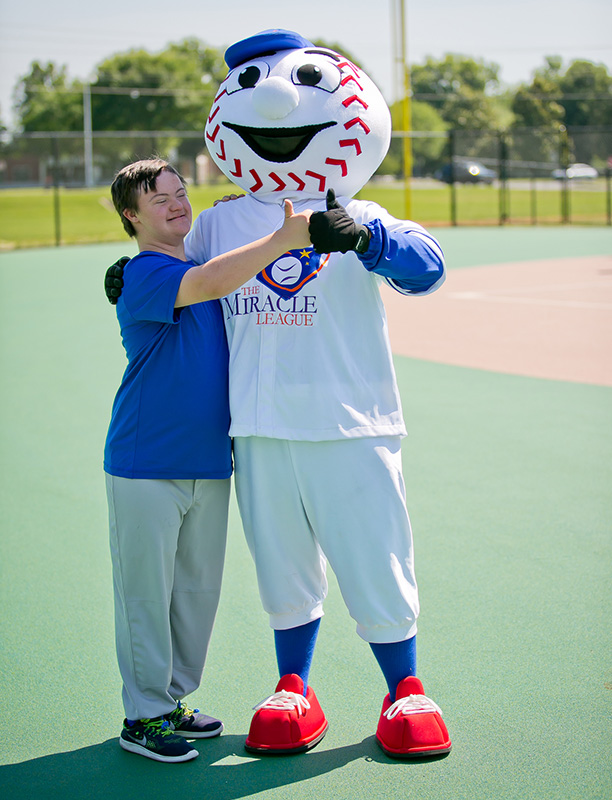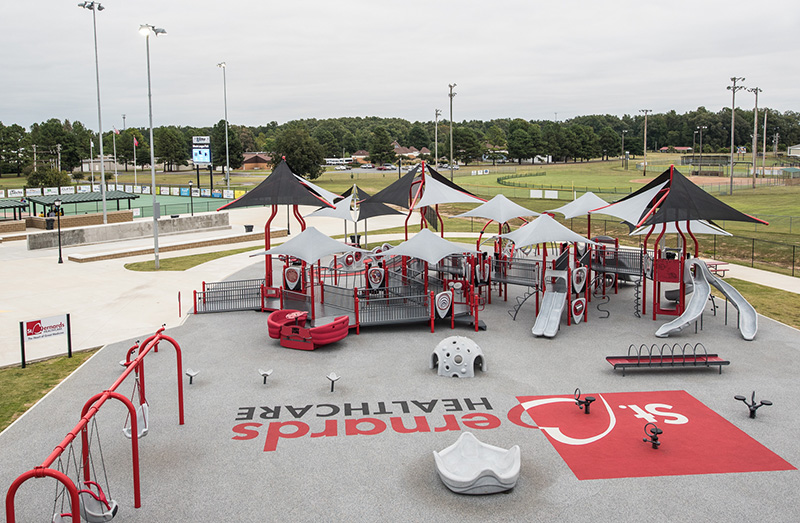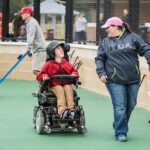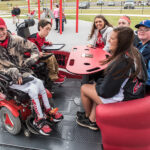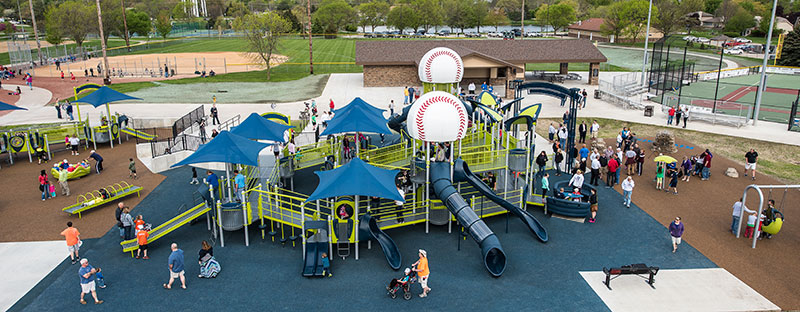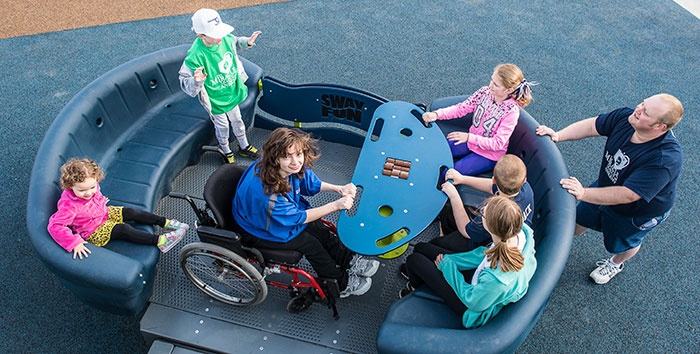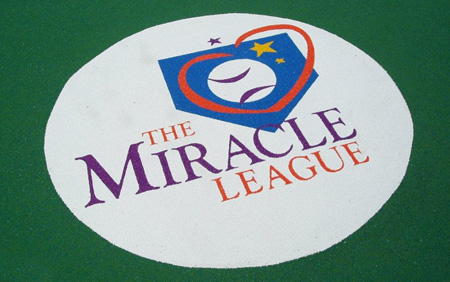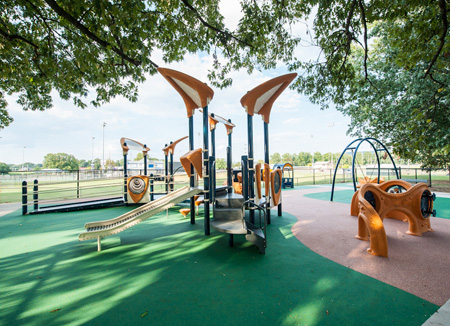Planning a playground requires consideration for children of all abilities. The Americans with Disabilities Act (ADA) requires all playgrounds to be brought into compliance. Since the ADA requirements have come out, the American Society for Testing and Materials (ASTM) have provided written guidelines for accessibility compliance. ASTM F1487-05 Standard is a document that provides specific playground/play equipment accessibility guidance.
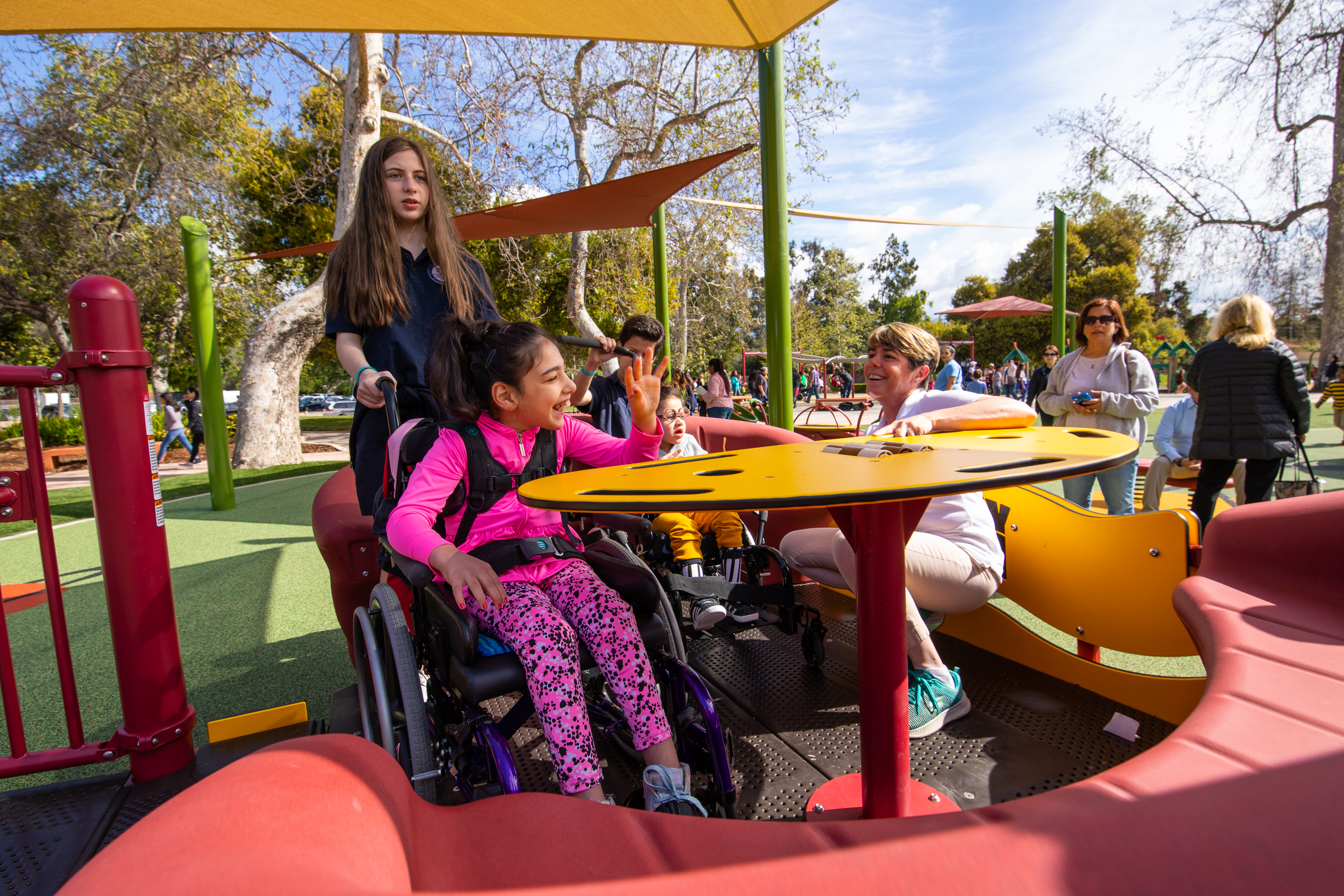
The Architectural and Transportation Barriers Compliance Board has also authored a guideline that is the standard of practice for determining compliance with the ADA.
Legally, the ADA requires that “each service, program, or activity conducted by a public entity when viewed in its entirety, be readily accessible to, and usable by, individuals with disabilities.” This law covers “both indoor and outdoor areas where human constructed improvements, structures, equipment or property have been added to the natural environment.”
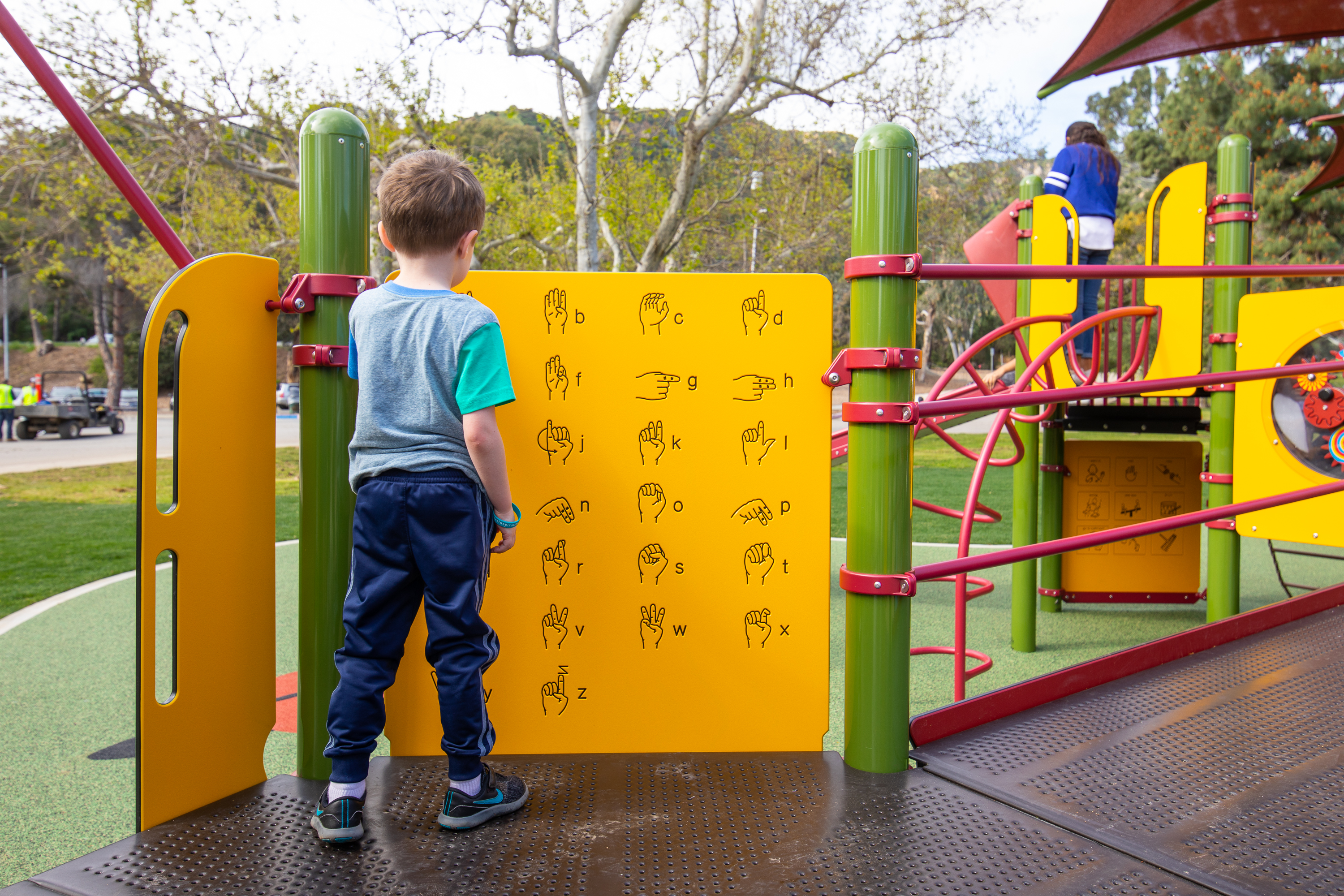
Accessibility law only requires that comparable experiences must be provided for all. If there are several slides and two or more swings, it is considered accessible if children with disabilities can use one of the slides and one of the swings. To learn more about the difference between accessibility and inclusivity, click here.
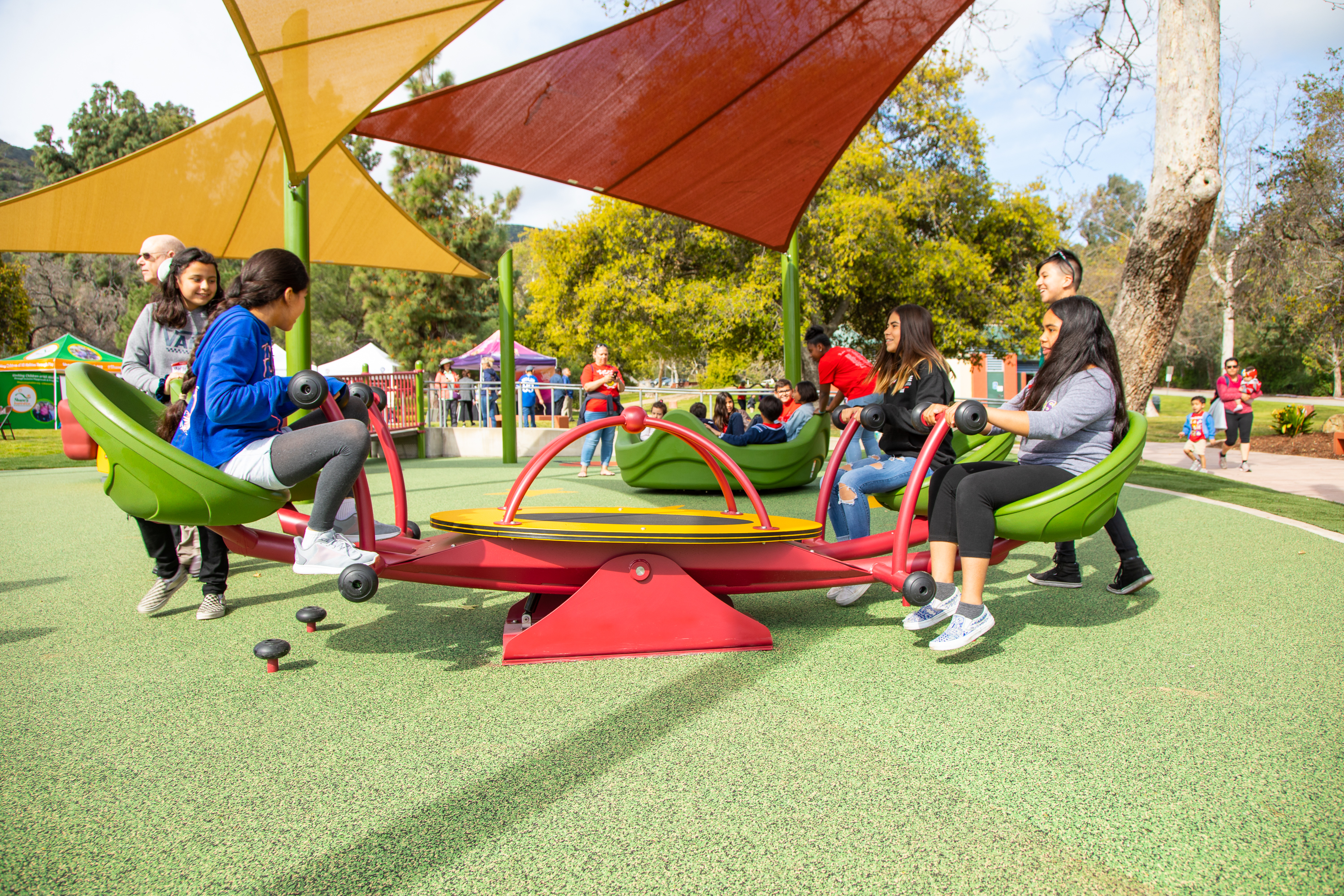
Aside from the regulations put forth that determine how to design an accessible playground for children of varying mobilities, there are many actions a planner should take to ensure their structure is truly inclusive. Inclusivity on a playground can be witnessed when children of all abilities can play together and participate equally- not separately and on their own. A well-designed playground incorporates the aspects of inclusive play to blend seamlessly.
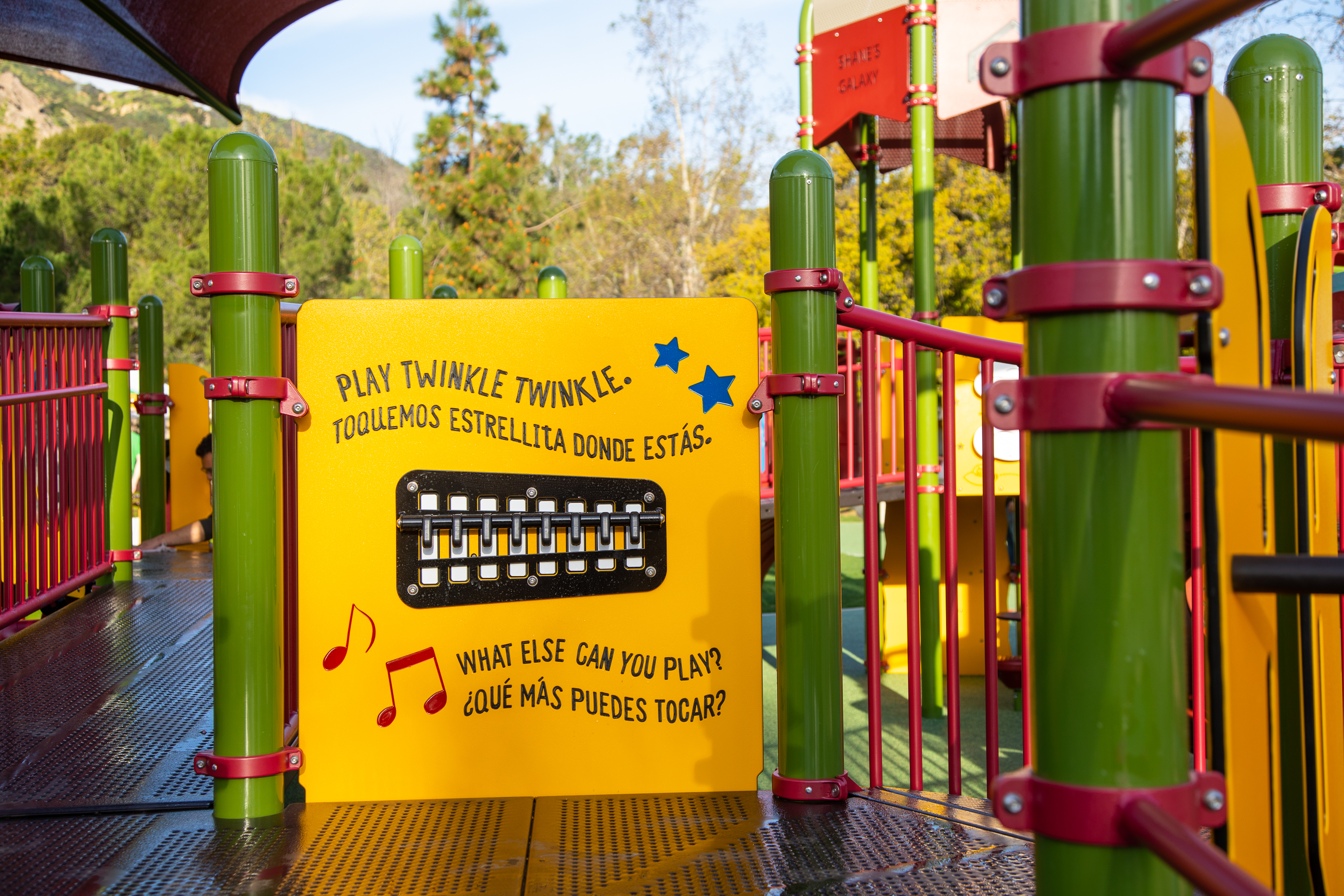
To learn more about inclusive play structures, visit playlsi.com
To find an inclusive playground near you, click here.

